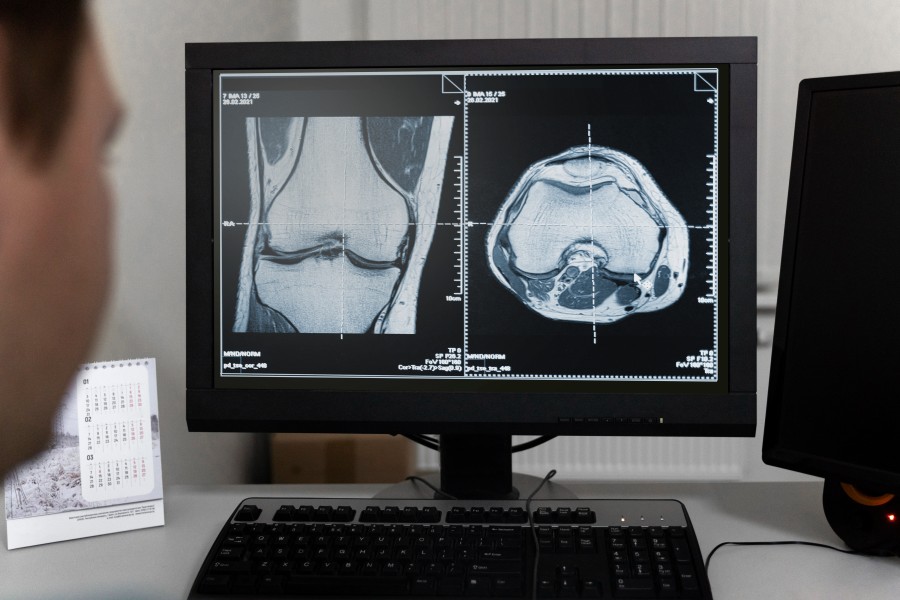Dental health is not just about what we can see on the surface. While a routine dental examination can reveal a lot about your teeth and gums, some conditions lie hidden beneath the enamel or below the gum line. This is where x rays play an essential role. Dental x ray imaging helps dentists diagnose oral health issues that might otherwise remain unnoticed until they become painful or advanced. With the advent of modern digital x ray technology, dental imaging has become safer, faster, and more accurate than ever before.
Understanding X-Ray Imaging in Dentistry
X ray imaging uses a small dose of radiation to capture images of the internal structures of your mouth, teeth, and jaw. These images allow dentists to see beyond what is visible to the naked eye. There are different types of dental x rays—bitewing, periapical, panoramic, and cone-beam computed tomography (CBCT). Each serves a specific diagnostic purpose, helping to detect cavities, bone loss, infections, or impacted teeth.
For instance, a bitewing x ray captures the crowns of your teeth and the height of the supporting bone, making it ideal for detecting cavities between teeth. A periapical x ray provides a detailed view from crown to root, allowing the dentist to assess tooth roots and surrounding bone. Panoramic x rays offer a comprehensive image of your entire mouth, jaw, and sinus area.
Importance of X Rays for Oral Health Diagnosis
1. Detecting Hidden Cavities and Decay
Even with regular brushing and flossing, cavities can form between teeth or under existing fillings. Dental x rays enable dentists to identify decay early, preventing pain, infection, or tooth loss.
2. Evaluating Bone Health and Density
X ray imaging is crucial for assessing bone health, especially in patients with gum disease. Bone loss around teeth can weaken their stability, but with timely detection through digital x rays, dentists can recommend treatments like scaling, bone grafts, or periodontal therapy.
3. Checking Tooth Development and Position
In children and teens, x rays help monitor the development of permanent teeth and detect alignment problems early. This aids in planning orthodontic treatments such as braces or aligners.
4. Detecting Infections and Abscesses
Infections can develop at the root of a tooth or in the surrounding bone. Digital x ray images reveal abscesses, cysts, or even tumors, allowing for prompt intervention before the condition worsens.
5. Planning Restorative and Cosmetic Treatments
Whether it’s for dental implants, crowns, bridges, or root canals, x rays guide the dentist in understanding the internal structure of your mouth. They ensure that restorative treatments are precisely planned and executed for long-lasting results.
Digital X Rays: A Modern Advancement
Traditional x rays have largely been replaced by digital x ray technology. Digital x rays use electronic sensors instead of film, producing images instantly on a computer screen. This advancement offers several benefits:
- Lower Radiation Exposure: Digital x ray imaging uses up to 90% less radiation than conventional methods.
- Enhanced Image Quality: The images can be enhanced, magnified, or color-adjusted for better diagnosis.
- Eco-Friendly and Efficient: Digital imaging eliminates the need for chemical processing, reducing environmental impact and saving time.
- Easy Storage and Sharing: Digital images can be stored securely and shared electronically with specialists or insurance providers.
Other Common Uses of X Ray Imaging
While dental x rays are highly specialized, x ray imaging is also used across medical fields. For instance, a chest x ray helps doctors evaluate the lungs, heart, and chest cavity for infections, injuries, or diseases. Similarly, when patients search for x ray near me, they are often looking for clinics offering comprehensive xray services, including both dental and medical imaging under one roof.
Dental clinics today often collaborate with xray services that provide both dental and general diagnostic imaging, offering convenience and accuracy to patients.
Safety of Dental X Rays
Many patients express concern about radiation exposure during dental x rays. However, modern digital x ray systems use extremely low doses of radiation, making them safe for both children and adults. Dentists also take additional precautions, such as using lead aprons and thyroid collars, to ensure maximum protection.
Pregnant women should inform their dentist before undergoing x rays, though the procedure is generally avoided unless absolutely necessary.
When Should You Get Dental X Rays?
The frequency of x ray imaging depends on your oral health, age, and medical history.
- New patients usually undergo a complete set of x rays to establish a baseline.
- Children may need x rays more often because their teeth and jaws are still developing.
- Adults with good oral health may need them once every 1–2 years.
- Patients with dental issues or undergoing treatment may require more frequent imaging.
Regular x rays ensure that any developing issue is caught early, preventing costly and painful procedures in the future.
Choosing the Right X Ray Services Near You
If you are searching for x ray near me, it’s important to choose a reputable dental or medical imaging center that offers advanced digital x ray technology and experienced professionals. Reliable xray services will ensure accurate diagnosis, safe procedures, and comfortable patient care. Always check reviews, certifications, and the clinic’s infection control standards before scheduling an appointment.
Conclusion
X rays are an indispensable part of modern dentistry, helping detect, diagnose, and prevent oral health issues early. With digital x ray imaging, dentists can ensure safer, faster, and more precise care. Whether you need routine dental imaging or comprehensive diagnostic xray services, choosing a reliable provider ensures a healthier smile and peace of mind.
Frequently Asked Questions (FAQs)
1. Are dental x rays safe?
Yes. Modern digital x ray technology uses minimal radiation, making the process safe even for children and frequent imaging needs.
2. How often should I get dental x rays?
This varies depending on your oral health. Typically, adults get x rays every 1–2 years, while children or patients with ongoing dental issues may need them more often.
3. What can dental x rays detect?
Dental x ray imaging can detect cavities, infections, impacted teeth, bone loss, cysts, and even early signs of oral cancer.
4. What’s the difference between traditional and digital x rays?
Digital x rays provide instant results with reduced radiation exposure and improved image quality, while traditional x rays require film processing.
5. Can I get a dental x ray at any clinic?
Many dental clinics and xray services centers offer dental imaging. If you search x ray near me, you can find local providers equipped with modern digital x ray systems for fast and accurate results.
Your health matters! Book your X-ray appointment easily — visit our website https://scclittleelm.com/our-services/x-rays/ or call us at (469) 200-5974 now for assistance.

